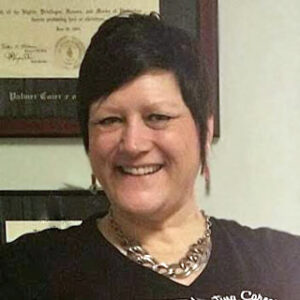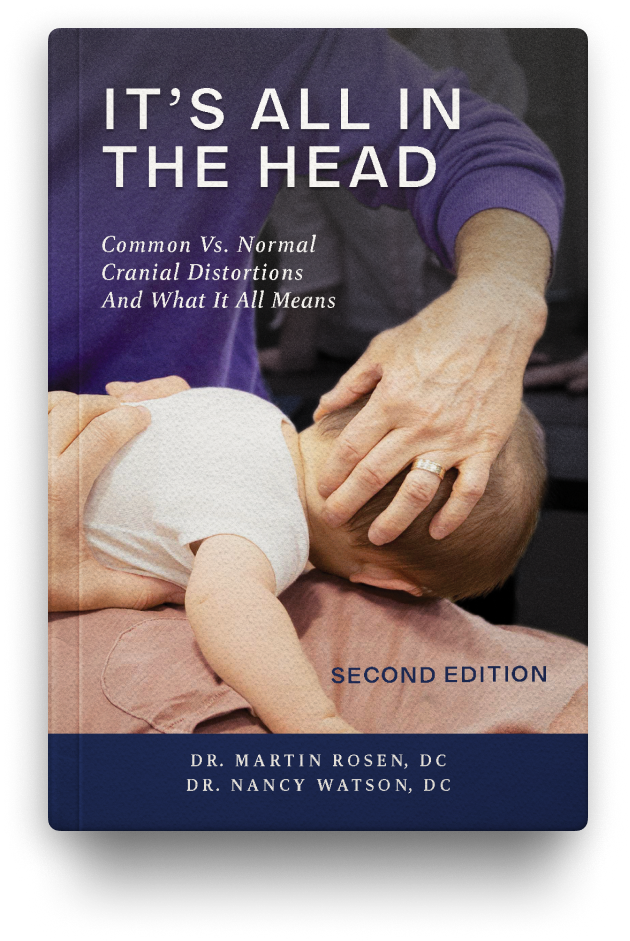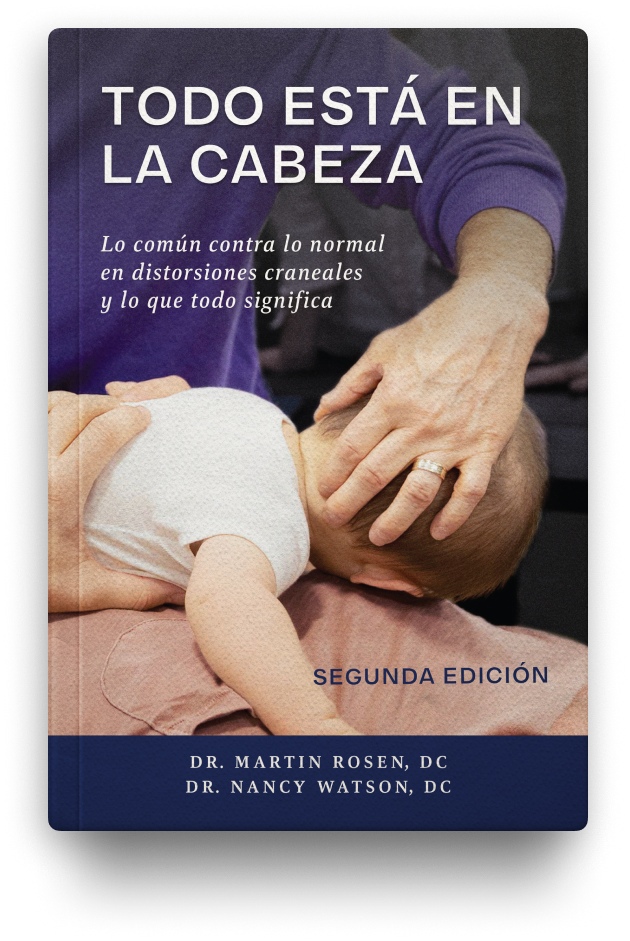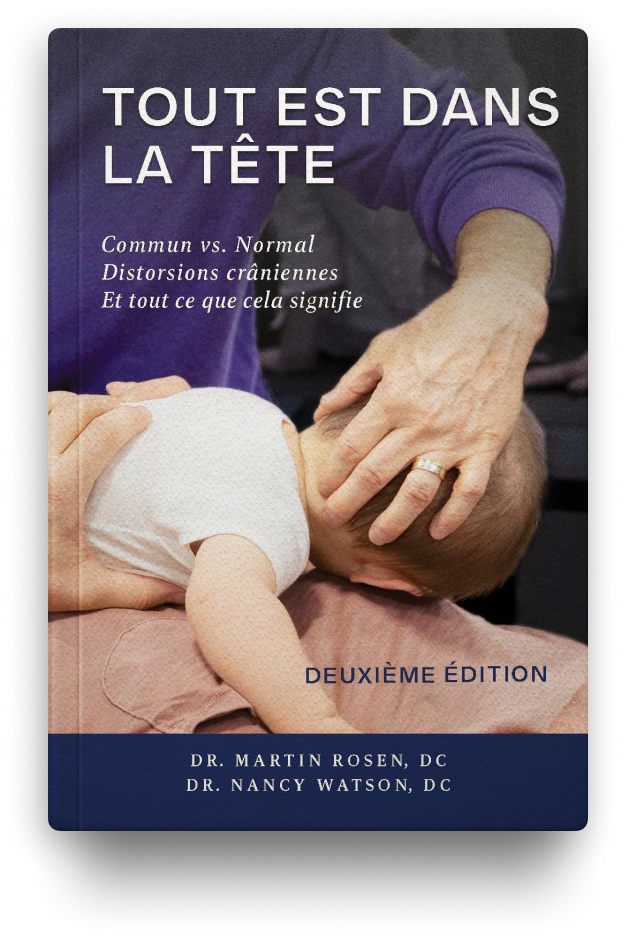It’s All In The Head: Common vs. Normal Cranial Distortions And What it All Means, Second Edition
In this 150-page book you will get insights in your child’s proper neurological development, how their nervous system works, what signs and symptoms may point to abnormal developmental issues and what to or where to go when you have questions or concerns.
$24.95
(Free Shipping)
Looking for a 2-book combo?
Book Bundle: Pediatric Chiropractic Care & It's All In The HeadNow updated with new chapters, practical checklists, and essential insights for parents and professionals.
At Peak Potential Institute, we believe informed parents create healthier families. That’s why we’ve updated and expanded It’s All in the Head, our foundational guide to understanding how cranial and neurological development can impact your child’s long-term health.
This second edition includes:
Whether you’re a parent, caregiver, chiropractor, lactation consultant, or pediatric therapist, this book offers a clear, compassionate roadmap to help you distinguish between what’s common and what’s truly normal during early development.
What You’ll Learn:
Why We Wrote This Book
As pediatric chiropractic specialists with over 80 years of combined experience, we’ve seen firsthand how unrecognized cranial and neurological patterns can affect a child’s potential. Too often, symptoms are brushed off as “normal” simply because they’re common. This book helps bridge that gap—for parents and professionals alike.
If you’re seeking answers, looking for ways to support your child naturally, or want to better understand their developmental journey, this book is for you.
Order your copy today.
Empower yourself with knowledge and take the first step toward helping your child reach their full potential.
Table of Contents
153 Pages | 9 Chapters
Introduction – The Wonder of Human Development
The question parents most often ask is: “Is what my child doing or looks like normal”? In this chapter, we discuss the difference between what is normal and what is common.
Chapter One – Birth: The Beginning of Life
Birth is a miraculous experience. What is actually happening to the infant during this process? In this chapter we discuss the birth process and its affect on the infant.
Chapter Two – The Structures Beneath
Learning about the structures that protect your child’s rapidly growing nervous system can give you a window into how to determine what is normal vs. common. In this chapter, we discuss the external and internal factors that affect the development of your child’s nervous system.
Chapter Three – The Developing Brain
This chapter will give you a window into the truly miraculous neurological development that is occurring in the first year of your child’s life.
Chapter Four – Milestones and Reflexes
What are the things you should be looking for to make sure that your child is developing to their optimum potential? In this chapter, we discuss the markers that can help you key in to detect aberrant neurological development before the symptoms show.
Chapter Five – Our Nervous System
Understanding how the nervous system works and having an idea about some of its parts can give parents a way to understand the processes that control their child’s development. This chapter will help you to appreciate the intricacy of the nervous system and how you as a parent can help foster a healthier, happier child.
Chapter Six – The Shape of Things
Here we discuss some of the most common structural and functional issues often seen in the pediatric population, what you should look for and what to do if you find them.
Chapter Seven – Structure and Function
Understanding the relationship between structure and function can help you understand the importance of fostering more normal structural growth and developmental patterns to facilitate optimum functional capacity in your child.
Chapter Eight – What’s Wrong With This Face
We all see our children as beautiful and perfect the way they are. At times, certain physical quirks become apparent and we wonder is this a problem? In this chapter, we will give you some guidelines to help you determine when a “quirk or glitch” is something you should be concerned about.
Chapter Nine – What To Do?
Parents are often the first to notice that something is not quite right with their child. When this happens, you need a place or direction to go to determine what if anything needs to be done to support your child. In this chapter, we discuss some of the options available for parents who have questions or concerns about their child’s structural or functional development.
Neste livro, completo com ilustrações, oferecemos uma discussão simples dos aspectos importantes da anatomia, fisiologia e desenvolvimento neurológico que ocorrem no primeiro ano de vida e como a estrutura afeta a função. O objetivo aqui é dar aos pais a oportunidade de compreender quando, porque e como podem resolver determinados problemas de desenvolvimento e onde podem obter assistência para a resolução de uma forma segura, eficaz e minimamente invasiva.
Quiropraxia, pediatria, desenvolvimento neurológico, língua presa, síndrome da cabeça chata, saúde infantil, ajuste craniano, desenvolvimento facial, marcos de desenvolvimento, formato da cabeça, problemas de desenvolvimento
Nouvelle parution – 2ᵉ édition de It’s All in the Head
Un guide pour les parents, les praticiens et toute personne qui s’occupe d’enfants
Cette deuxième édition enrichie et mise à jour de It’s All in the Head est conçue pour aider les parents et les professionnels de santé à mieux comprendre les étapes essentielles du développement neurologique et structurel précoce de l’enfant. Dans ce guide illustré de 150 pages, nous explorons l’anatomie, la physiologie et le développement cérébral fondamentaux qui se produisent au cours de la première année de vie, ainsi que la manière dont de subtils changements de structure peuvent entraîner des modifications significatives de la fonction.
Avec un contenu actualisé, trois chapitres entièrement révisés et des listes de contrôle pratiques à la fin de chaque section, les lecteurs disposent désormais d’une feuille de route plus claire pour reconnaître les premiers signes de déséquilibres du développement, savoir ce qu’il faut observer et quand demander de l’aide. Parmi les thèmes abordés : les schémas de croissance faciale et crânienne, le développement du palais et les difficultés liées à l’alimentation et à la succion, la plagiocéphalie, le torticolis, le frein de langue, les retards de parole, sensoriels et moteurs, l’importance du temps passé sur le ventre (tummy time), ainsi que les interventions précoces favorisant des résultats optimaux.
Que vous soyez un parent remarquant que quelque chose ne va pas ou un professionnel de santé souhaitant mieux accompagner les familles, ce livre vous aidera à distinguer ce qui est courant de ce qui est normal, et vous donnera les moyens d’agir de manière sûre, douce et efficace. Laissez ce livre être votre guide pour soutenir les enfants dans l’atteinte de leur plein potentiel physique, émotionnel et développemental.
Recién Publicado – 2ª Edición de Todo está en la Cabeza
Una Guía para Padres, Profesionales de la Salud y Cualquiera que Cuide de Niños
Esta segunda edición ampliada y actualizada de Todo está en la Cabeza está diseñada para ayudar a padres y profesionales de la salud a comprender mejor las etapas críticas del desarrollo neurológico y estructural temprano de un niño. En esta guía ilustrada de 150 páginas, exploramos la anatomía, la fisiología y el desarrollo cerebral fundamentales que ocurren durante el primer año de vida, y cómo cambios sutiles en la estructura pueden llevar a transformaciones significativas en la función.
Con contenido actualizado, tres capítulos revisados y listas de verificación prácticas al final de cada sección, los lectores ahora tienen un camino más claro para reconocer señales tempranas de desequilibrios en el desarrollo y saber qué observar y cuándo buscar ayuda. Los temas cubiertos incluyen: patrones de crecimiento facial y craneal, desarrollo del paladar y problemas de alimentación/lactancia, plagiocefalia, tortícolis, frenillo lingual, retrasos en el habla, sensoriales y motores, la importancia del tiempo boca abajo (tummy time) y las intervenciones tempranas que favorecen resultados óptimos.
Ya sea que seas un padre que nota que “algo no está bien”, o un profesional de la salud que busca guiar a las familias de manera más efectiva, este libro te ayudará a diferenciar entre lo que es común y lo que es normal, y te brindará las herramientas para actuar de una manera segura, suave y eficaz. Deja que este libro sea tu guía para apoyar a los niños en el alcance de su máximo potencial físico, emocional y de desarrollo.
Review Feedback From Readers of “It’s All In The Head”







